 NYC-based PIRA Energy Group reports that the U.S. is now largest oil supplier in the world. On the week, continued low U.S. runs led to large product stock decline. In Japan gasoil stocks drew to a new record low. Specifically, PIRA’s analysis of the oil market fundamentals has revealed the following:
NYC-based PIRA Energy Group reports that the U.S. is now largest oil supplier in the world. On the week, continued low U.S. runs led to large product stock decline. In Japan gasoil stocks drew to a new record low. Specifically, PIRA’s analysis of the oil market fundamentals has revealed the following:
U.S. is Now Largest Oil Supplier in the World
2013 total liquids supply is expected to average 12.1 MMB/D in the U.S., making it the world’s largest oil producer, overtaking Saudi Arabia and Russia. Shale liquids development is the key driver of the growth, with a increase of 3.2 MMB/D over the last four years. In the history of the global oil industry only Saudi Arabia in 1970-74 raised its output faster.
Big Increase in 2014 (and 2015) Global Refinery Capacity
Despite the fact that the world currently has a surplus of refining capacity, new additions are on the way. In comparison to beginning-year 2013, world refining distillation capacity is set to increase by about 5%, or 2.6 MMB/D, by the end of this year; another 2.1 MMB/D will come online in 2014. The biggest capacity increase over the two years comes from new construction projects in China and the Middle East.
Storms Disrupt Operations
Storms and typhoons continue to track toward Japan with a fair bit of regularity, with Typhoon Danas impacting Okinawa, followed by Typhoon Wipha impacting the Tokyo area. Yet another typhoon (Francisco) is tracking toward Japan. Gasoline stocks drew modestly, while gasoil stocks drew to a new record low. The implied crude import figure was very low and this allowed crude stocks to draw. Refinery margins remain weak.
Overview of API Data
Continued low U.S. runs led to large product stock declines as forecast. Tropical Storm Karen apparently did not reduce crude imports, leading to a very large crude stock build. Cushing crude stocks build as the Basin pipeline dumped more crude into Cushing with Magellan throughput down and a narrow LLS-WTI spread attracted more rail barrels to Cushing.
Qatari Marketing Flexibility Provides Key Signals for Price Direction
Qatar has benefitted financially from placing more LNG into Asia and has managed to do so at a premium to Atlantic Basin spot prices in Asia. To date, Qatar has been able to place incremental volumes into Japan, Korea, and China at, or close to its relatively strong oil-linked prices. How much more gas Qatar can (or will) divert to Asia from Europe this winter is a key question for AB spot players, who have the most to lose if there turns out to be more “wiggle room” on the supply side than anticipated.
Ethanol Price Rebound/ RIN Values Plummet
U.S. ethanol prices increased for the first time in three weeks as production declined and inventories fell to the lowest level since the EIA began reporting weekly stock data in June 2010. Circulation of a purported draft of an EPA report setting lower biofuels mandates for 2014 sent RIN markets crashing.
The information above is part of PIRA Energy Group's weekly Energy Market Recap, which alerts readers to PIRA’s current analysis of energy markets around the world as well as the key economic and political factors driving those markets.
.


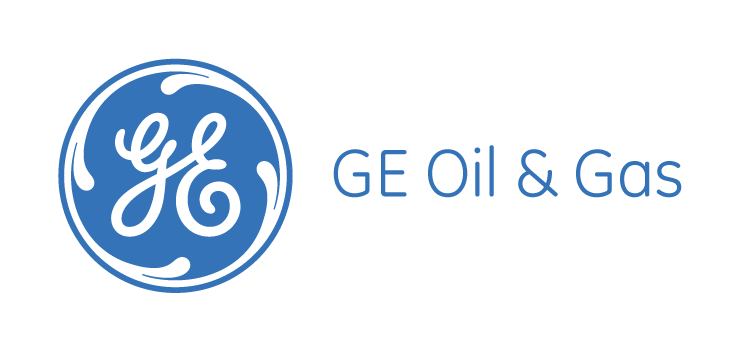 (NYSE: GE) has introduced innovative flexible pipes to help customers overcome these challenges by developing new materials for the pipes required to bring hydrocarbons to the surface.
(NYSE: GE) has introduced innovative flexible pipes to help customers overcome these challenges by developing new materials for the pipes required to bring hydrocarbons to the surface. With high operating and development costs surrounding many offshore Arctic fields, profit can only be achieved with decreased state taxation rates under current market conditions, says an analyst with research and consulting firm
With high operating and development costs surrounding many offshore Arctic fields, profit can only be achieved with decreased state taxation rates under current market conditions, says an analyst with research and consulting firm  Baker Hughes
Baker Hughes
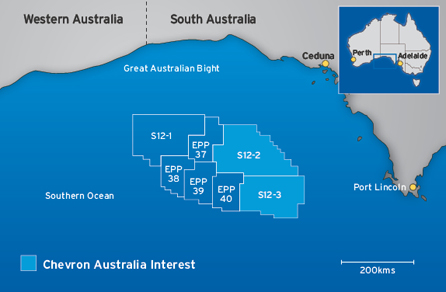
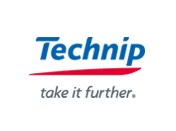 Technip
Technip 
 NYC-based
NYC-based 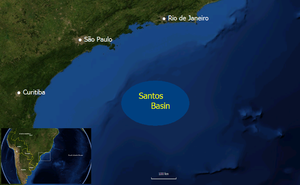
 A consortium of companies, including
A consortium of companies, including  Transocean Ltd.
Transocean Ltd. Petrobras,
Petrobras,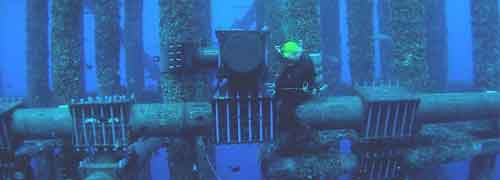 accomplishment for our company, and I am proud of our employees’ dedication to working safely,” stated Bill New, New Industries’ President. “This achievement is especially significant as we have nearly doubled our headcount during the last three and one half years. It is a tribute to our safety committee, front-line supervision, and indeed every member of our team that we have been able to sustain our safety culture while incorporating so many new employees.”
accomplishment for our company, and I am proud of our employees’ dedication to working safely,” stated Bill New, New Industries’ President. “This achievement is especially significant as we have nearly doubled our headcount during the last three and one half years. It is a tribute to our safety committee, front-line supervision, and indeed every member of our team that we have been able to sustain our safety culture while incorporating so many new employees.”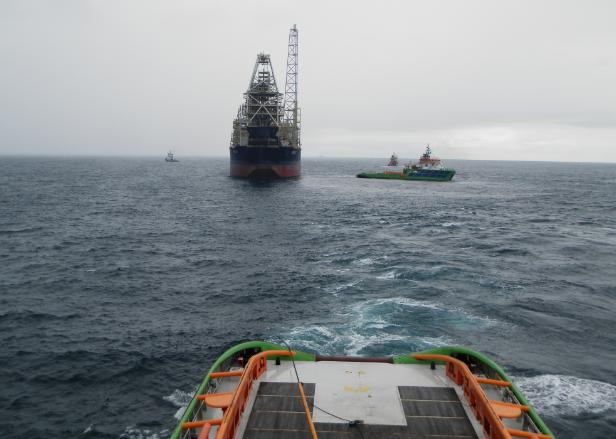 Fairmount
Fairmount BOURBON
BOURBON